So what is alt text for images, and can you use it for SEO purposes? This is a question I get asked time and time again, and I think it sounds a bit more confusing than it is! I’m breaking down what alt text is and its purposes in this blog post, and hopefully answer any alt text questions you have.
What is alt text for images?
Alt text has a few different names, so you may have heard it referred to as something like alt tag, image description, or SEO description, depending on which website platform you’re on. In a nutshell, alt text for images is used to explain the why of an image in relation to the content of your website. It has a few different purposes, with the main one being accessibility. Many people who are visually impaired use screen-reading software, which reads aloud the content of a web page. When an image has alt text, the software is able to describe the image to the user so they know what’s in it — this makes the web page accessible.
But alt text can also benefit your SEO, especially for visual or product businesses. Just like screen-readers reading the alt text, search engines read it the same way to understand what’s in the picture so it can rank on Google Images. So alt text is an integral part of search engine optimization techniques. You can include your keyword within your alt text, as long as it still makes sense when providing a description of the image (which we’ll get into more detail with).
And for a benefit for your overall website user experience, if an image fails to load on your site for whatever reason, the alt text can also be displayed so readers can get an idea of the picture that should have been there. So there are lots of important benefits of using alt text for your images!
Tips for writing alt text
When you upload an image to your site, there will be a settings button somewhere which relates to that particular image — the placement of this varies depending on the type of website or blog you have and what you run it on, but it should be easy to spot. If you’re having trouble finding where to write the alt text, you should be able to Google it and find where to write it for your website.
That being said, sometimes the place to write the alt text can be a little tricky or not exist at all! For a lot of website platforms, you can’t write alt text for banner images that are integrated into the background of a page. Squarespace is always changing the alt text rules (usually for the better), but if you’re on an older version or you can’t find the alt text box for a particular type of image (sometimes gallery images can be tricky), using the Filename box for the alt text will usually be able to be read by screen-readers and search engines.
So after those caveats, here are my top tips for writing good alt text for images, both for SEO and accessibility!
Keep it short but sweet
That is to say, don’t ramble on but do make sure you include as much description as necessary. Think of it like a Tweet, in some ways. You also don’t need to eat into your word count by including ‘image of’ or ‘photo of’ as screen-reading software and search engines know this is an image.
Some website platforms will cut you off at 125 characters, but screen-readers actually don’t seem to have a limit on how many characters they will read. But that being said, you don’t want to have too long of a description and give the person using the screen-reader a bunch of unnecessary information that isn’t helpful for them to understand the image and waste their time.
Make it natural
You can include keywords for SEO purposes within your alt text – however, it still needs to make sense in terms of accessibility. Don’t just cram your alt text with keywords; it needs to be descriptive first, optimized second.
For example, if the photo is of a bride and groom getting married in a specific location that you would like to rank for, it would make sense that you can include the name of the location instead of something general like “restaurant” or “park.” But don’t just use a stream of different keywords without describing the image, like “bride and groom at Rittenhouse Square, green park, park with flowers, park in Philadelphia, park in the spring” because that isn’t beneficial for accessibility or SEO.
Think about your context
When it comes to writing your image alt text, context is key. For example, you have an image of some cocktails within an article about the best cocktail recipes for your Fourth of July celebrations. A basic alt text with no context would read something like “red and blue cocktails in pitchers with sparklers.”
However, if you consider that the cocktails and the holiday are the focus of your article, your alt text might read, “red and blue colored cocktails in pitchers with sparklers for Fourth of July celebrations.” This is only slightly longer, but it is also more descriptive and gives context to your image as the article is *about* July 4th cocktails specifically.
If the article was just about seasonal cocktails throughout the entire year, your context is slightly different and you may not need to focus on including a specific holiday or season. These small changes can be really important both for SEO and for accessibility.
Examples of alt text
So now that you have some guidelines, let’s go through some examples of alt text for images to help you write them for your pictures!
With this image of pancakes, the alt tag could be something like “Stack of pancakes topped with blueberries and blackberries with syrup being poured on them with a purple background.” Don’t just write “pancakes.”
If you are selling these earrings, your alt tag could be something like “14k gold dangly earrings with a light blue bead and dark blue tassels on a blue piece of wood” and not just “earrings.” Using descriptive information about the earrings like the material and color can help it rank for potential customers while also describing what’s in the image for screen readers.
So hopefully this blog post has answered any questions you have on alt text for images to give you some guidance on writing your own alt text! Even if you don’t need your website pictures to rank on Google, alt text is still important for accessibility purposes (and if you need more help with accessibility, be sure to follow Erin Perkins). And if you want to learn even more about SEO, check out my Seeds of SEO Success course which will teach you all about ranking on Google!

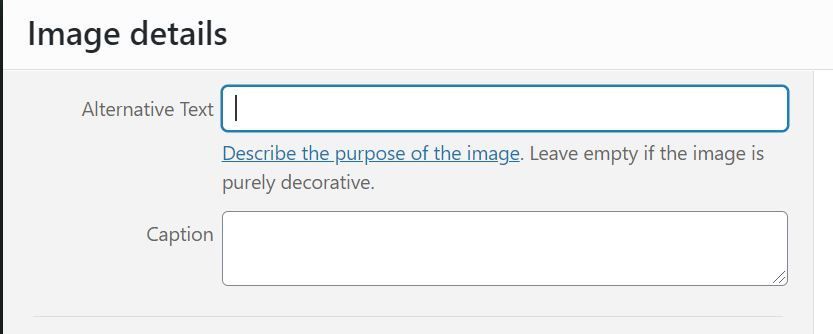
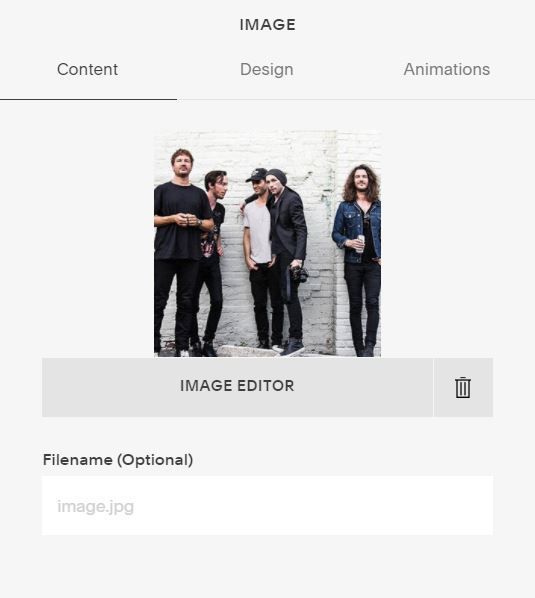
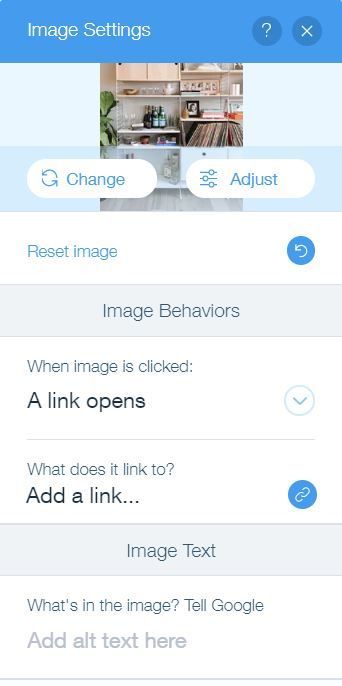
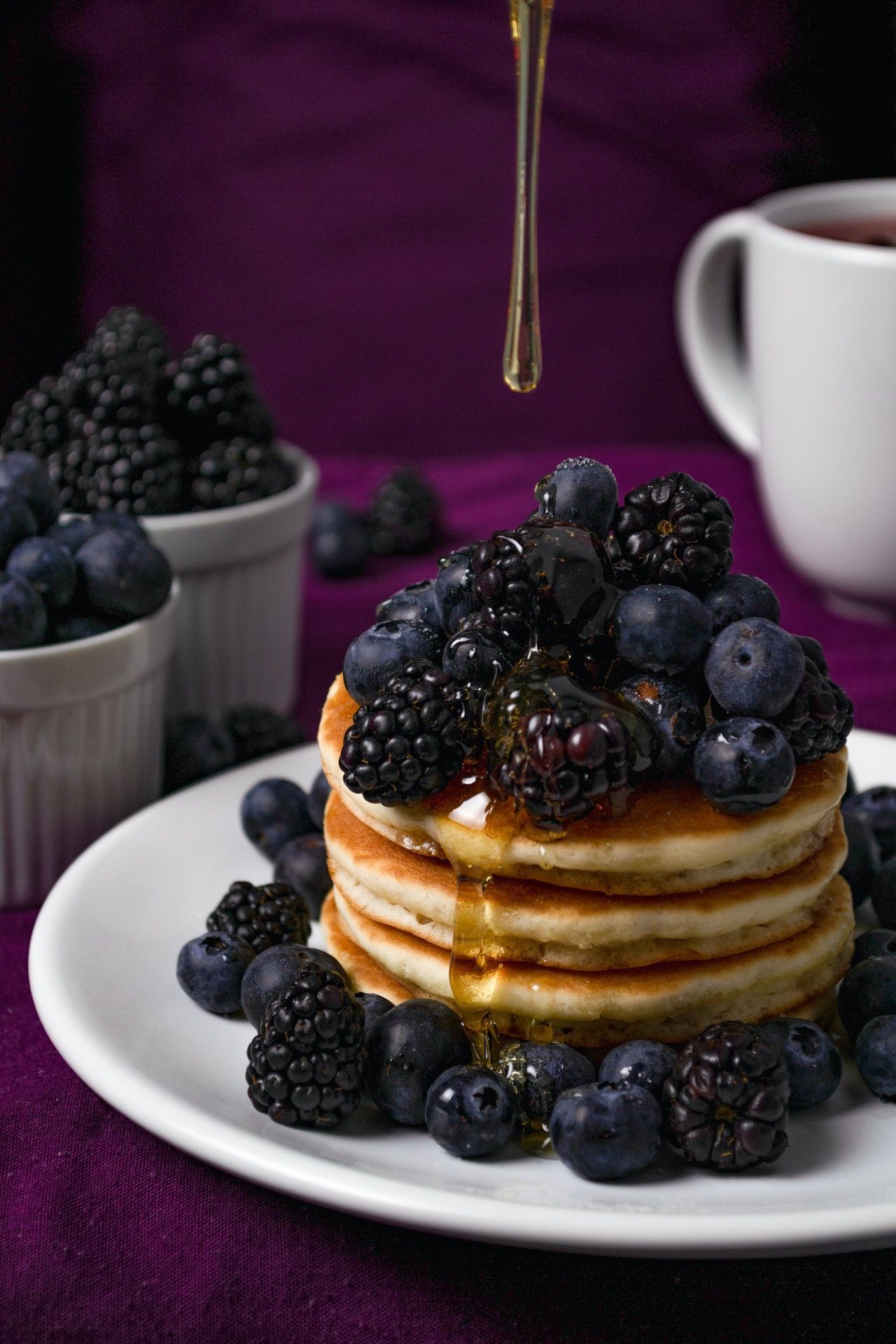
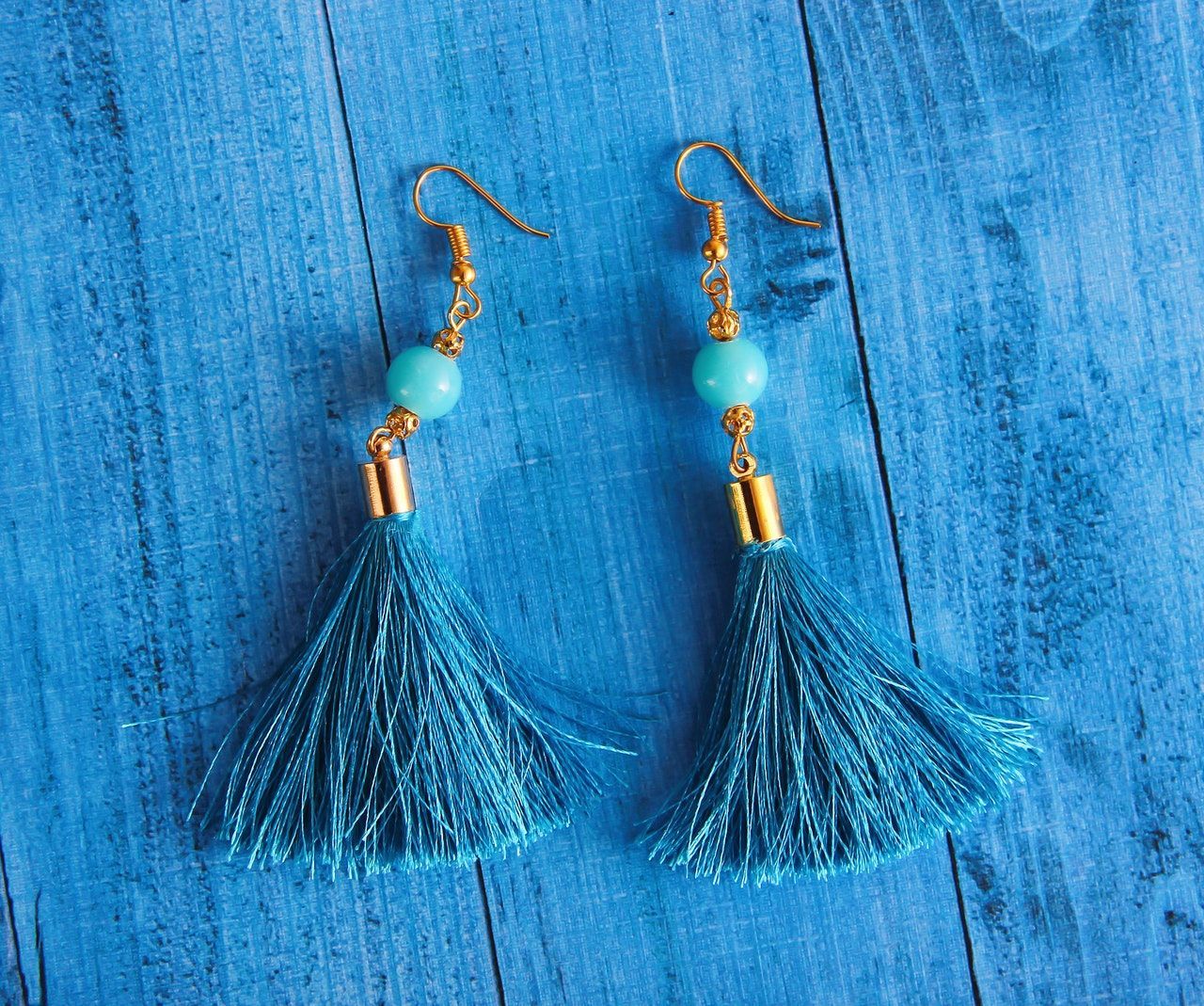
Thx
Sure thing!